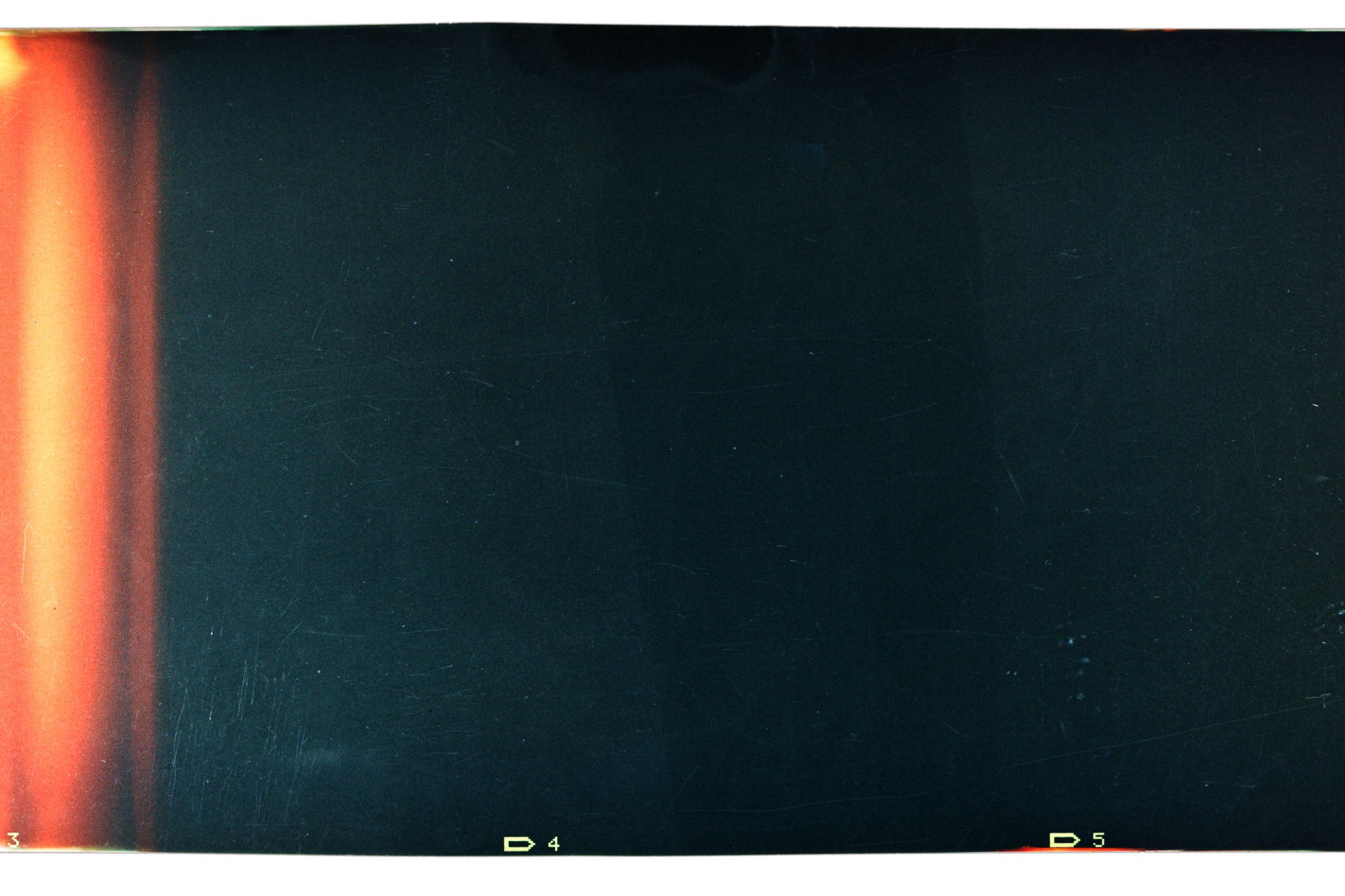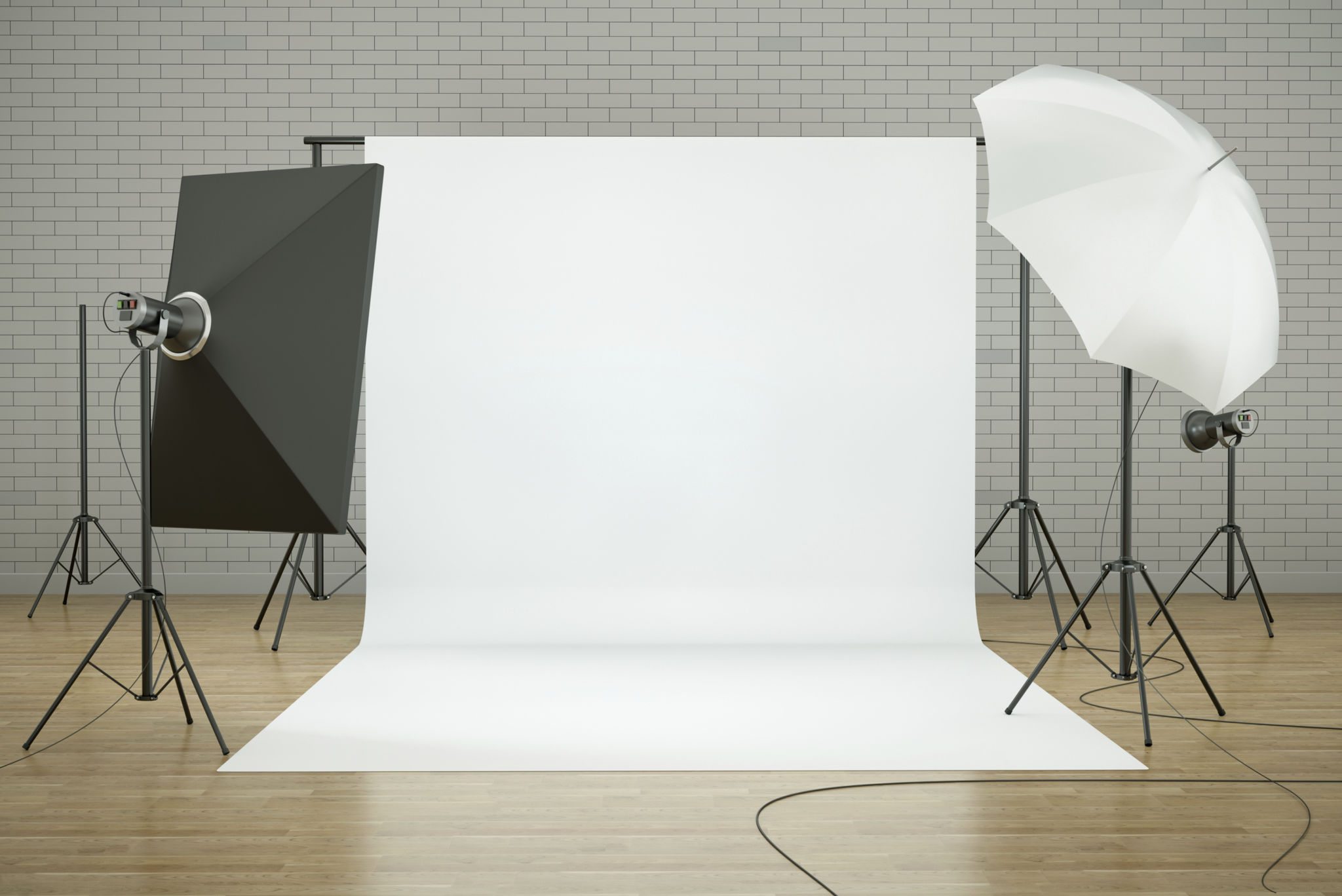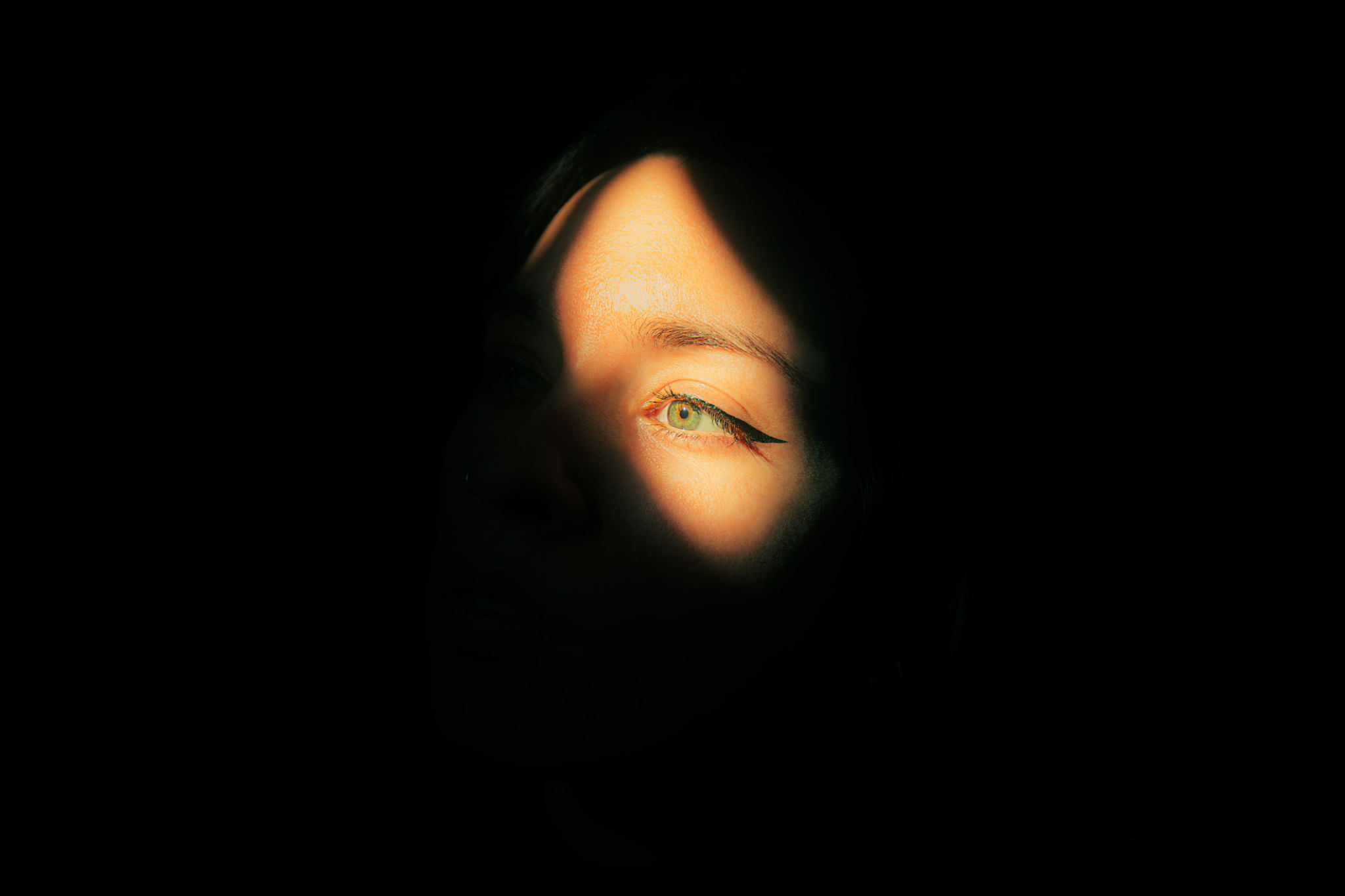Mastering Studio Lighting: Essential Tips for Professional Photographers
Understanding the Basics of Studio Lighting
For professional photographers, mastering studio lighting is crucial. It allows you to control the environment and create the desired mood for your photos. Whether you're new to photography or looking to refine your skills, understanding the basic concepts of studio lighting will lay a solid foundation for your work.
Studio lighting involves various components such as light sources, modifiers, and the arrangement of these elements. Each component plays a critical role in shaping the final image. By manipulating these elements, photographers can highlight subjects, create depth, and convey emotions effectively.

Choosing the Right Lighting Equipment
The right equipment is essential for achieving professional results in studio photography. Investing in quality lights like strobes or continuous lights can make a significant difference in your work. Each type of light has its advantages; strobes offer powerful bursts of light, while continuous lights provide a consistent output that makes it easier to see the effect in real-time.
Modifiers such as softboxes, umbrellas, and reflectors are equally important. They help diffuse light and create softer shadows, which can enhance the overall quality of your images. Experiment with different modifiers to understand how each affects your subject and choose based on the mood you want to create.

Mastering Light Positioning
Light positioning is a critical aspect of studio lighting that can dramatically alter the appearance of your photos. The direction from which light hits your subject creates various effects, from dramatic shadows to a more flattering, even tone.
Common lighting setups include three-point lighting, Rembrandt lighting, and butterfly lighting. Each has specific characteristics that can be used to achieve different looks. Start by exploring these setups and adjust them according to your creative vision.

Balancing Natural and Artificial Light
In some cases, you might find yourself working with both natural and artificial light. Balancing these sources is important for creating a cohesive image. Understanding the color temperature of different light sources will help you blend them seamlessly.
Using gels or adjusting your camera's white balance settings can help match the color temperatures of natural and artificial lights. This ensures that your photos have consistent tones and appear more professional.
Experimenting with Light Ratios
Light ratios refer to the balance between key light and fill light in photography. By adjusting these ratios, photographers can create varying degrees of contrast and depth within an image. A lower ratio produces softer images with fewer shadows, while a higher ratio results in more dramatic contrasts.
Understanding light ratios empowers you to manipulate the mood of your photos effectively. Practice different ratios to see how they affect your images and use them to tell a compelling visual story.

Utilizing Backgrounds and Props
Studio lighting isn't just about illuminating your subject; it also involves considering the background and props used in your setup. A well-lit background can add context and enhance the narrative of your photo.
Props can also play a significant role in creating interest and depth within an image. Ensure that both your subject and background are well-lit to maintain focus on the key elements of your composition.
Continuous Learning and Experimentation
The world of studio lighting is vast and ever-evolving. Staying updated on new techniques and equipment is crucial for professional growth. Participate in workshops, follow influential photographers, and engage with online communities to gain new insights.
Most importantly, don't hesitate to experiment with different lighting setups and techniques. Innovation often comes from stepping outside your comfort zone and trying new approaches to achieve unique results.

